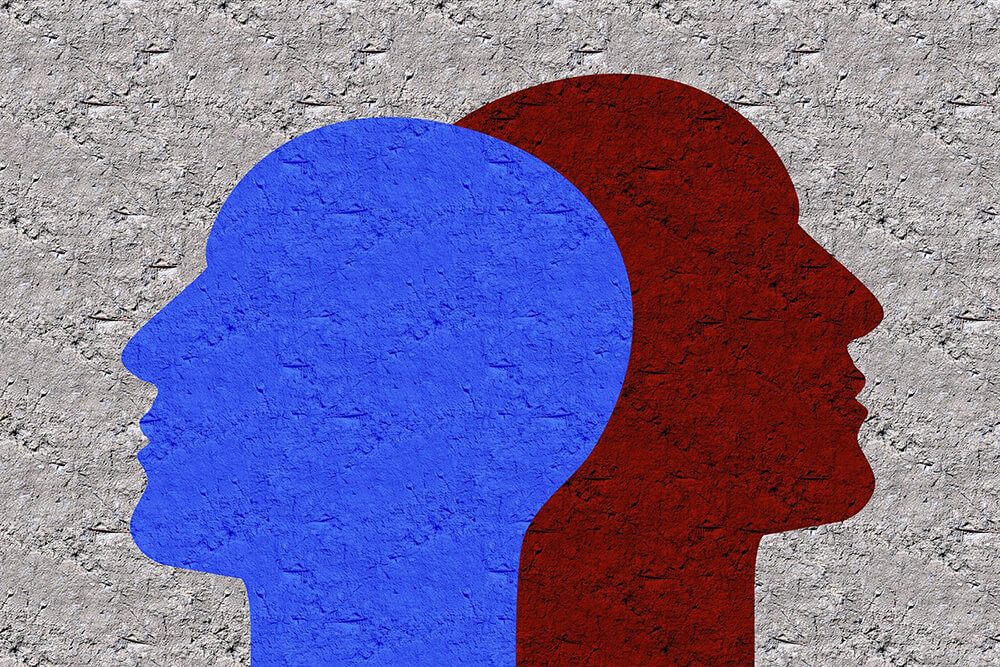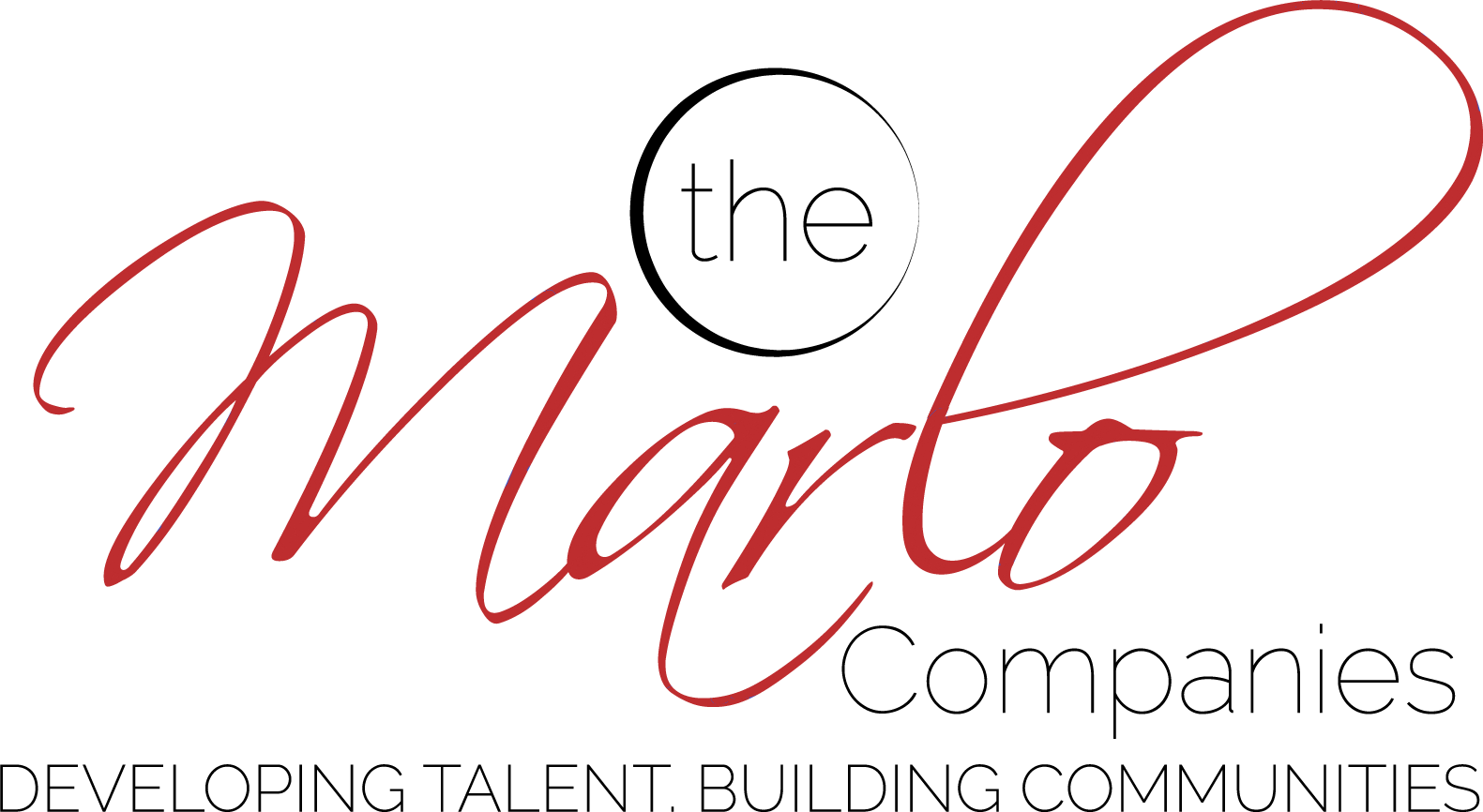
As companies grow more diverse with people from different cultures, religions, ethnicities, temperaments, sexual identities, and more, there is an increased likelihood of microaggressions. Yes, the collective goal should be the company’s success; which indirectly should positively impact the growth of the individual contributors. However, because almost all interracial and multicultural encounters are prone to microaggressions, the company’s success, as well as the success of the individual contributors can be negatively impacted by microaggressions. Intentional or not, microaggressions are likely to happen when diverse gatherings of people occur.
The purpose of this article is to help you understand microaggressions in the workplace and how recognizing them can prevent you from unintentionally having a negative interaction with a colleague. Even more so, to support you in creating an atmosphere where everyone will feel safe, appreciated, and respected for who they are, in spite of their differences.
If by chance, you are seeking to understand microaggressions, how to identify the signs, and when and how you should respond, then you’re in the right place.
First, let’s start with…
What Exactly Are Microaggressions?
Microaggressions are defined as “verbal, behavioral, and environmental indignities that communicate hostile, derogatory, or negative prejudicial slights and insults to any individual or group of people.” Specifically, racism, sexism, ageism, and ableism.
These remarks are often rooted in prejudices and stereotypes that can be conscious and unconscious. Many times, they are transmitted through generations, the influence of messages that we receive through different mediums such as movies, news, newspapers, and other forms of media. Because this information is often embedded in the subconscious, it can limit an individual’s ability to recognize the impact of their behavior towards others. These aggressions can also prevent people from feeling accepted as they are and the aggressor from accepting the individuals as they represent themselves.
Examples of Microaggressions in the Workplace
An example of a microaggression in the workplace is asking a person who is part of a minority group “Where are you ‘really’ from?” This indicates that the person must be from somewhere else because…. “their speech is clear” or “they do not possess an accent” or ….fill in the blank.
Seems innocent, right?
In most cases, this question goes deeper than just the curiosity of provenance. While seemingly innocent, it is clearly communicating an underpinning message towards the individual. It is also an, often unconscious, approach to identifying what label to pin on an individual as well as a form of how to categorize them on the mental shelf. Ultimately, this conveys the message: You seem so “normal” often received as “you are like me”.
Another example is saying: “My OCD kicked in today” to someone. This can be perceived as ableist language as it trivializes the impact of, in this case, a mental illness. Ableist language commonly uses language that identifies and trivializes a disability, such as: “deaf”, “dumb”, “lame”, “retarded”. Again, innocent, right? Just one of the many reasons microaggressions are dangerous. But wait, there is more.
Microaggressions Appear In Three Forms:
Microassaults. These occur when a person intentionally speaks in a discriminatory way while not intending to be offensive. For example, telling a racist joke while knowing it’s discriminatory but claiming the joke is harmless.
Microinsults represent unintentional discriminatory comments or actions. These can be demeaning, express rudeness and insensitivity. The offender might be aware or unaware of their doings. However it might be, microinsults are harmful and can affect a person’s state of mind. An example of a microinsult is “You speak excellent English.”
Microinvalidations attempt to exclude, invalidate and nullify a person’s opinions, thoughts, feelings, or experiential reality. These can have profound psychological consequences. The more dangerous part is that these invalidations are intended to be supportive. Individuals issuing microinvalidations are often completely unaware that they are invalidating another person and the invalidation was intended to be completely opposite. For example, statements like “there is only one race, the human race”. This statement is often intended to help people to recognize what we have in common versus where we are different.

Why Are Microaggressions Dangerous at Work?
Microaggressions cause harm, cause members of the team to not show up authentically, leaving members of the team feeling excluded rather than included, and can lead to major divisions within the team. This is dangerous for the workplace as it often leads to lower morale, lower productivity and performance, increased tension, and poor workplace climate; all of which negatively impact the culture of the team and organization.
Anyone can be guilty of a microaggression or subjected to one. For the individuals subjected to microaggressions, especially on a regular basis, it can have tremendous impacts on the person’s psychological health and often impact their performance.
Research shows that people who experienced ethnic microaggressions were at a higher risk of depression, trauma, and even lower-self esteem.
When and How to Respond to Microaggressions
Part of the challenge of eliminating workplace microaggressions is that people who are affected are likely to not speak up about these offenses at the risk of putting more attention on their differences. Additionally, most perpetrators are often unaware, believe they are being supportive or just curious, or think people are being too sensitive.
So how do you dismantle these microaggressions? And how and when should you respond to them?
Well, there are three main steps to react to workplace microaggressions:
- Reflect on whether it was a microaggression and decide how you feel about it. Remember Eleanor Roosevelt’s words, “No one can hurt you without your consent.” Only you can give other people power over yourself. So, do not feel obligated to respond to every remark.
- Decide to respond immediately or later. A person must weigh if it’s worth responding now or later. Immediacy might have a double-edged side effect – that of encouraging further conflict. But, it can be effective, nonetheless, compared to responding later, which loses momentum.
- Choose how to respond. Someone who experiences microaggressions can come up with different types of responses. Specifically:
- Passive-aggressive responses. These imply sarcastic remarks to express annoyance.
- Assertive responses. These include informing the perpetrator calmly that their behavior is inappropriate.
- Communicative responses. These responses help educate the offender to understand why their actions are, for example, racist, without calling the individual a racist.
Bonus: Practical Advice to Prevent Microaggressions
In Psycho-cybernetics, one of the greatest books of all time about self-image, Maxwell Gladwell pointed out a rather fascinating fact. People need 21 days to form a new habit, get familiar with a new home, change a thought, and so on.
Therefore by practicing the following advice every day for 21 days, you can be the change your workplace needs to eliminate microaggressions:
- Think before you speak. This is a form of kindness everyone should overuse.
- Pause. Before making a remark or asking a personal question, pause. Reflect on how your words will impact the other person emotionally.
- Research. If you are unsure whether what you want to say is appropriate, investigate the topic to understand how to approach it.
- Call out microaggressions every time you notice them. By doing this, you will increase awareness and contribute to eliminating this problem.
- Treat people the way you would want to be treated. This last piece of advice is the most precious. Everyone wants to be validated, appreciated, and respected the same way you want and require from those around you. This is why you must respect your part of the bargain as well.
Final words
A 2019 survey by Glassdoor found that 61% of US employees had witnessed or experienced microaggressions as well as workplace discrimination based on their age, race, gender, or LGBTQ identity.
Microaggressions undermine an inclusive culture; just one of many reasons it is extremely important to address it and eliminate microaggressions.
Moreover, it is a necessity to provide a work environment where all employees feel safe, included, and are not seen as less than regardless of their race, culture, nationality, gender, health, and other identities that distinguish them from other people within the organization.
At The Marlo Companies, we offer interactive and engaging training that will help your employees recognize microaggressions and support them in learning new behaviors and ways to effectively communicate.
Contact us and discover how we can help you create an optimal work environment free of microaggressions and their negative impact.

